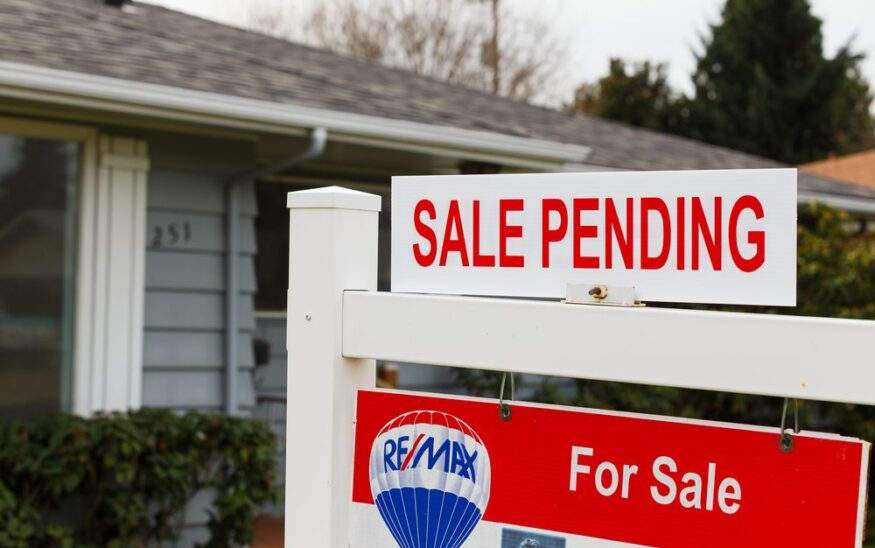Three factors that could deflate Denver's real estate mojo
How long can the Front Range's housing hot streak last?
Glen Weinberg //April 6, 2016//


Three factors that could deflate Denver's real estate mojo
How long can the Front Range's housing hot streak last?
Glen Weinberg //April 6, 2016//
Denver continues to be one of the hottest housing markets around. In my last article, Has Denver lost its mojo?, I outlined the key drivers of the Front Range housing market success. The million dollar questions are: How long can this appreciation continue? And what ― if anything ― will change the current trajectory?
Although the Denver market is extremely hot, there are three key areas that could derail the double-digit pace of appreciation. The three areas of concern include wage growth, quality of life and affordability.
First, wage growth is of major concern. When real wages are not keeping pace with home price appreciation, more homes are out of reach for a larger percentage of buyers.
In a recent Denver Post article, Denver last year had a 2 percent gain in wages, yet depending on what measure you look at, home appreciation was between 12 to 17 percent. This is quite a disconnect.
This trend is further highlighted as more Denver households become renters as opposed to homeowners. For example, in a recent Trulia study, 32 percent of residents in Denver rented in 2006, versus 38 percent in 2014 ― nearly a 20 percent increase in renters.
Second, quality of life is a major concern. One of the key attractors to the metro area is the high quality of life compared with the coasts. This quality of life consists of minimum traffic (easy commutes), low crime, healthy environment and good schools, among other things.
Unfortunately, with the large influx of people to the metro area, the quality of life is starting to degrade. In the last 10 years, the population has basically doubled, but the infrastructure has come nowhere near doubling its capacity. That has contributed to substantial traffic woes which continue to worsen.
Along with traffic problems, the increased number of people has also impacted the “healthy environment”. With more pollution, EPA officials are in the process of jacking up Colorado's status from "marginal" violator to "moderate" violator of federal clean air laws. Unfortunately, the increased population is a double-edged sword which brings many advantages of a growing economy but can ultimately degrade the quality of life.
Third, the cost of living in general is increasing. Have you checked your last tax bill? Many experienced double-digit percent increases in the last revaluation cycle. As house prices increase, so do taxes and insurance, further eroding affordability.
This impacts renters as well. As housing expenses increase, rents go up to allow the property owners to maintain their current rates of return. For example, if someone had a $400,000 rental property and wanted a 10 percent rate of return, the monthly rent would be $3,300 a month, not factoring in taxes and insurance. If that same house were worth only $300,000, the rent would be $2,500 for the same rate of return ― nearly a 32 percent increase in rental expenses for a tenant.
One of the key drivers of the Front Range’s growth is that it is considerably less expensive than other areas. With the recent increase in the cost of living, the Front Range’s edge is no longer what it once was.
Denver will ultimately succumb to its own success. As wage growth continues to lag, quality of life declines, and affordability decreases, so will house prices. I see this happening gradually as these three issues influence more and more families from relocating to Denver or staying in the area. Denver has its mojo for now, but based on these three factors, I’m doubtful it will continue at its current pace.

























